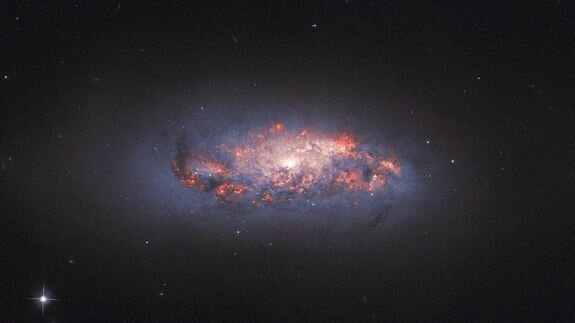Toroid
Founding Member
NASA's TESS mission finds the smallest planet.
https://phys.org/news/2019-06-nasa-tess-mission-smallest-planet.html
Transiting Exoplanet Survey Satellite - Wikipedia
www.youtube.com/watch?v=6wkNlv5nDLE
https://phys.org/news/2019-06-nasa-tess-mission-smallest-planet.html
Transiting Exoplanet Survey Satellite - Wikipedia
NASA's Transiting Exoplanet Survey Satellite (TESS) has discovered a world between the sizes of Mars and Earth orbiting a bright, cool, nearby star. The planet, called L 98-59b, marks the tiniest discovered by TESS to date.
Two other worlds orbit the same star. While all three planets' sizes are known, further study with other telescopes will be needed to determine if they have atmospheres and, if so, which gases are present. The L 98-59 worlds nearly double the number of small exoplanets—that is, planets beyond our solar system—that have the best potential for this kind of follow-up.
"The discovery is a great engineering and scientific accomplishment for TESS," said Veselin Kostov, an astrophysicist at NASA's Goddard Space Flight Center in Greenbelt, Maryland, and the SETI Institute in Mountain View, California. "For atmospheric studies of small planets, you need short orbits around bright stars, but such planets are difficult to detect. This system has the potential for fascinating future studies."
A paper on the findings, led by Kostov, was published in the June 27 issue of The Astronomical Journal and is now available online.
L 98-59b is around 80% Earth's size and about 10% smaller than the previous record holder discovered by TESS. Its host star, L 98-59, is an M dwarf about one-third the mass of the Sun and lies about 35 light-years away in the southern constellation Volans. While L 98-59b is a record for TESS, even smaller planets have been discovered in data collected by NASA's Kepler satellite, including Kepler-37b, which is only 20% larger than the Moon.
www.youtube.com/watch?v=6wkNlv5nDLE





